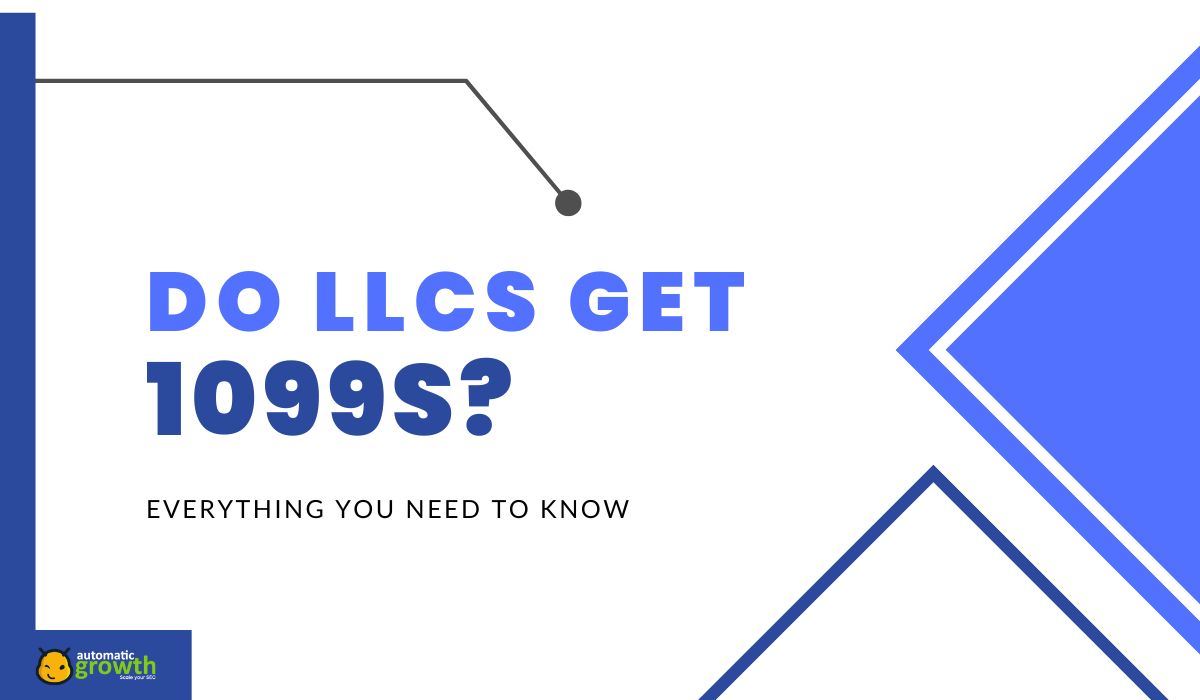Internal linking and backlinking are essential components of an effective SEO strategy. These processes involve connecting your website's pages to each other and establishing links to authoritative websites in your industry.
By mastering these backlinking techniques, you can create a seamless user experience, support your website's search engine optimization, and help search engines understand your site's structure. In this article, we will discuss various ways to measure the effectiveness of your internal linking and backlinking efforts.
1. Analyzing Website Traffic and User Engagement
One of the primary goals of internal linking and backlinking is to drive more traffic to your website. Therefore, analyzing your website traffic is an essential first step in determining the effectiveness of your linking strategy. You can use tools like Google Analytics or other web analytics platforms to monitor your website's traffic, unique visitors, and bounce rate.
User engagement is another vital metric you should be tracking. High user engagement indicates that your visitors find your content valuable and relevant. To measure user engagement, you can look at metrics such as average time on page, pages per session, and the percentage of returning visitors.
These data points help you determine whether your internal linking and backlinking strategies are encouraging users to explore your site and consume more content.
2. Monitoring Search Engine Rankings
One of the direct benefits of internal linking and backlinking is improved organic search engine rankings. Backlinks serve as votes of confidence from other websites, demonstrating your site's credibility and authority. Internal links, meanwhile, help search engines better understand the structure and hierarchy of your website, contributing to improved rankings.
To measure the effectiveness of your linking strategy, you can track your website's search engine rankings across various keywords relevant to your industry. Various tools, such as SEMrush, Ahrefs, and Moz, offer comprehensive features to monitor your keyword rankings. Higher rankings indicate that your internal linking and backlinking efforts are paying off and contributing to better visibility for your site in search results.
3. Evaluating the Quality of Backlinking Sources
Not all backlinks are created equal, and the quality of your backlinks significantly influences their effectiveness. High-quality backlinks from authoritative and relevant sources can significantly boost your website's credibility, signal trustworthiness to search engines, and ultimately improve your search rankings.
To evaluate the quality of your backlinks, you can use tools like Moz's Domain Authority or Majestic's Trust Flow to analyze the authority of the linking domains. Assess whether these sources are relevant to your audience and industry, as search engines place a higher value on relevant backlinks. Moreover, avoid acquiring low-quality or spammy backlinks, as they can negatively impact your site's credibility and rankings.
4. Assessing the Impact on Conversions and Sales
Ultimately, the main objective of your linking strategy is to achieve concrete business goals, such as increasing conversions, driving sales, or generating leads. By analyzing the impact of your internal linking and backlinking efforts on these objectives, you can determine the true effectiveness of your strategy.
Monitor conversion rates, sales, and other key performance indicators (KPIs) before and after implementing your linking strategies. This will help you assess the correlation between your linking efforts and the achievement of your business goals. If you observe a positive impact, continue optimizing your strategy to further improve these outcomes.
5. Optimizing Internal Linking and Backlinking Strategies Based on Performance
Regularly evaluating the effectiveness of your internal linking and backlinking strategy is crucial to ensure its continuous improvement. Based on your findings and insights from analyzing traffic, user engagement, search rankings, backlink quality, and impact on conversions, make adjustments to your strategy.
For internal linking, ensure that your links are relevant, helpful, and well-distributed throughout your site. For backlinking, focus on acquiring high-quality backlinks from authoritative and relevant sources within your niche. Continuously monitor your website's performance and iterate on your linking strategy to drive better results over time.
Frequently Asked Questions
1. What are the main benefits of internal linking for SEO?
Internal linking helps improve website navigation, enhances user experience, and boosts page ranking. Linking internally allows search engines to crawl and index web pages better, helps in spreading link authority, and increases user engagement by offering valuable content.
2. How does internal linking directly influence website ranking?
Internal linking distributes link authority acquired from external sources throughout the website. By connecting related web pages, search engines understand the website's architecture and recognize which content is relevant or valuable, thus improving the page's ranking on search engine result pages.
3. Can internal linking improve keyword targeting in SEO?
Yes, internal linking improves keyword targeting by balancing anchor text distribution and reinforcing the focus on essential keywords. By creating relevant links with appropriate, concise anchor text, it strengthens keyword relevancy signals to search engines, improving the visibility of prime content.
4. How does internal linking aid in reducing bounce rate?
Internal linking connects the audience with relevant, valuable, and useful information, which increases their engagement. By offering users links to similar or complementary content within the website, it potentially decreases the bounce rate, as users stay on the site longer and engage with more pages.
Conclusion
Although internal linking and backlinking serve different purposes, they work hand-in-hand to fortify a website's SEO performance. While internal links maintain a website's architecture and ease navigation, backlinks help to establish authority and credibility within the online community. The combination of both effectively forms a robust SEO strategy that contributes to better rankings, higher organic traffic, and increased user engagement.
Elevate your backlinking strategy! To learn how link building can boost your SEO campaign, head over to Automatic Growth today.
















